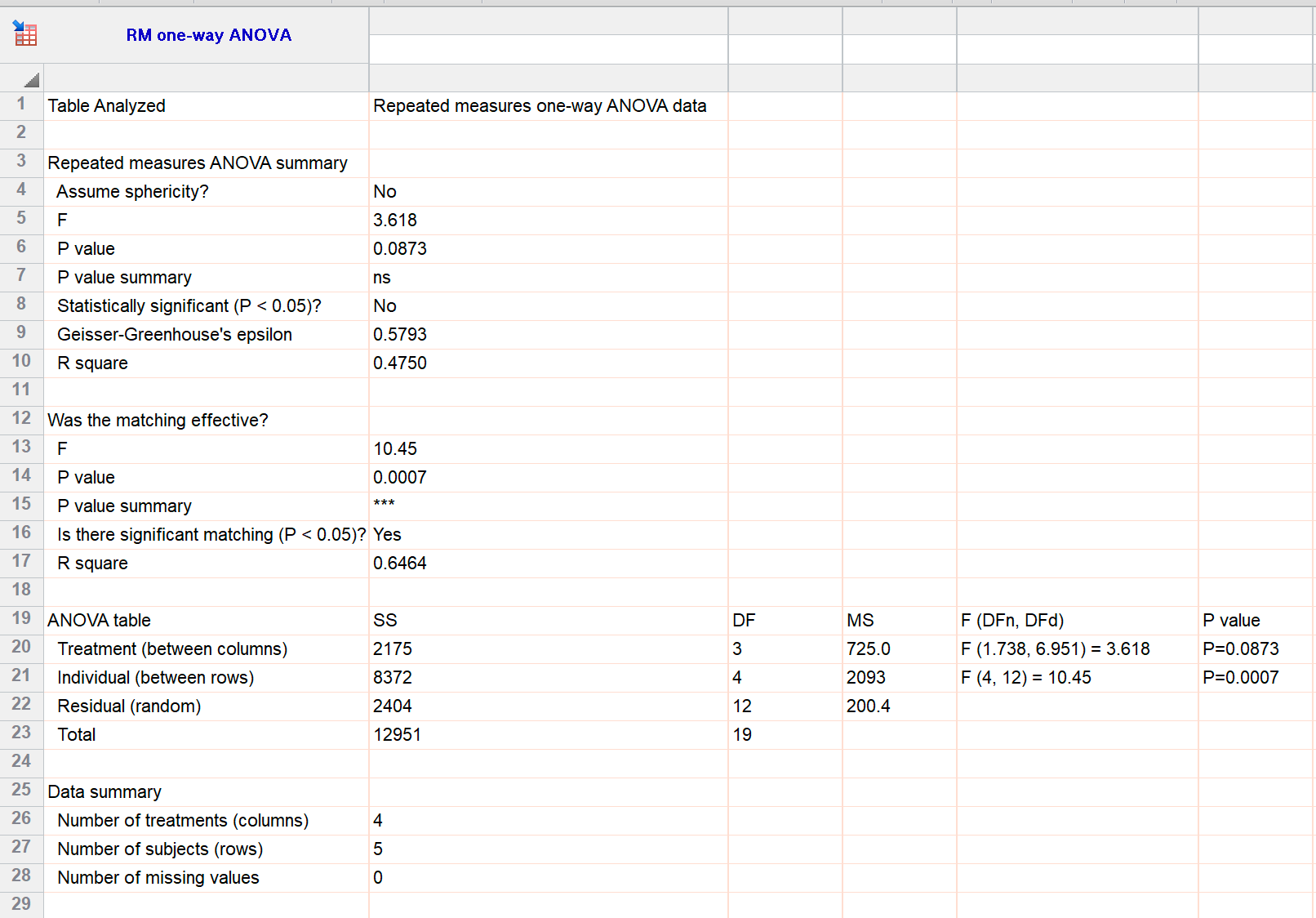

Glantz says that Holm's test ought to have more power than Dunnett's test, but this has not (to his knowledge) been explored in depth(2).

If you are comparing each column mean to a control mean, Prism only offers the Holm-Šídák test.In some cases, the chance of a Type I error can be greater than the alpha level you specified. We offer the Newman-Keuls test for historical reasons (so files made with old versions of Prism will open) but we suggest you avoid it because it does not maintain the family-wise error rate at the specified level(1). That means that with some data sets, the Holm-Šídák method can find a statistically significant difference where the Tukey method cannot. If you are comparing every row or column mean with every other row or column mean, we recommend that you choose the Holm-Šídák test, which is more powerful than the Tukey method (3).The list of tests available on this third tab of the dialog depends on the goal you specified on the second tab. If you don't care about seeing and reporting confidence intervals, you can gain a bit more power by choosing one of these tests. Methods than cannot compute confidence intervals or multiplicity adjusted P values If you are comparing a bunch of independent comparisons, we recommend the Sidak method, which is very similar to Bonferroni but has a tiny bit more power.If you are comparing a control row (or column) mean with the other row (or column) means, we suggest the Dunnett's test.If you are comparing every row (or column) mean with every other row (or column) mean, we recommend the Tukey test.The list of tests available on this fifth tab of the dialog depends on the goal you specified on the fourth tab. Methods than can compute confidence intervals and multiplicity adjusted P values Multiplicity adjusted P values provide more information that simply knowing if a difference has been deemed statistically significant or not.Confidence intervals are much easier for most to interpret than statements about statistical significance.We recommend one of the tests that compute confidence intervals and multiplicity adjusted P values for two reasons: Some of these methods let you compute confidence intervals and multiplicity adjusted P values, and some don't. Multiple comparison approach Correct for multiple comparisons using statistical hypothesis testing


 0 kommentar(er)
0 kommentar(er)
